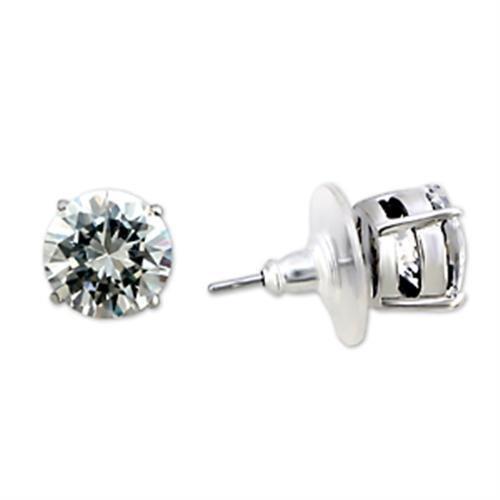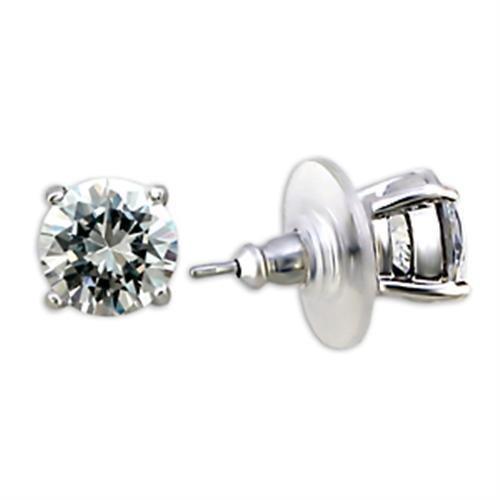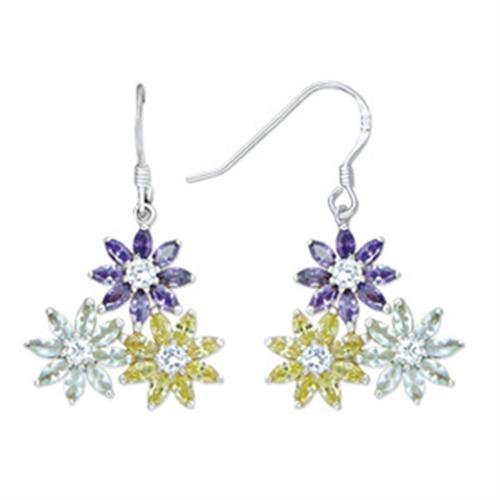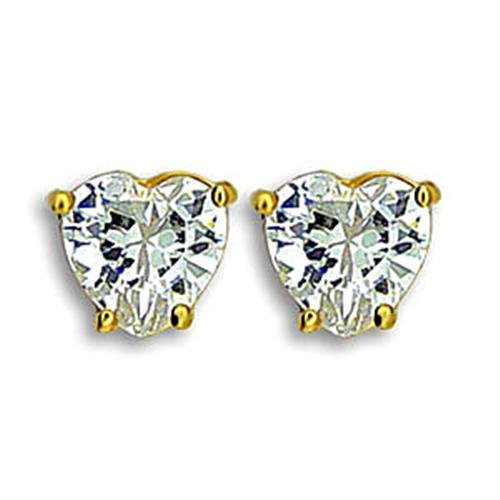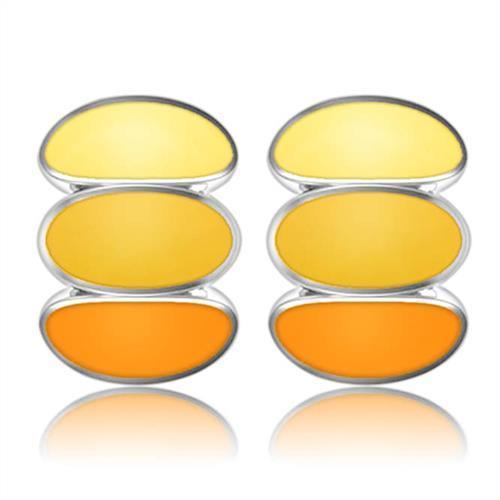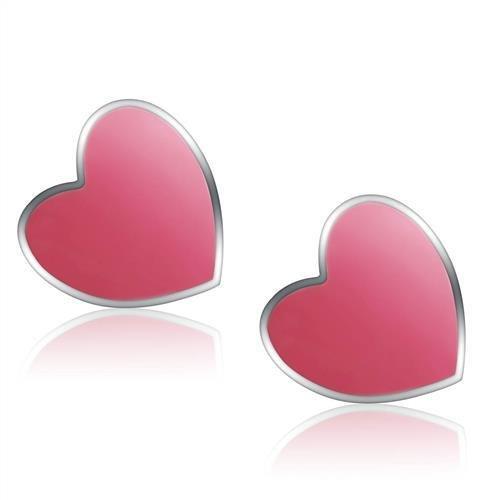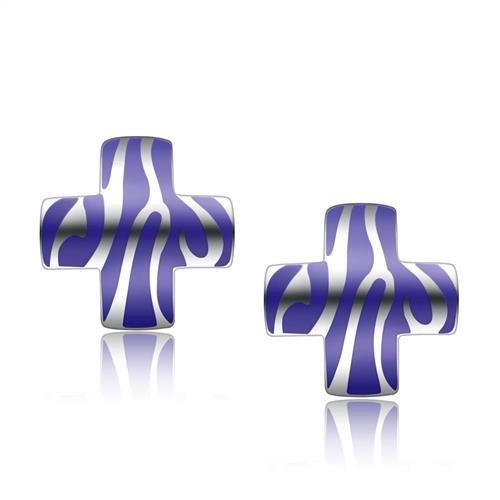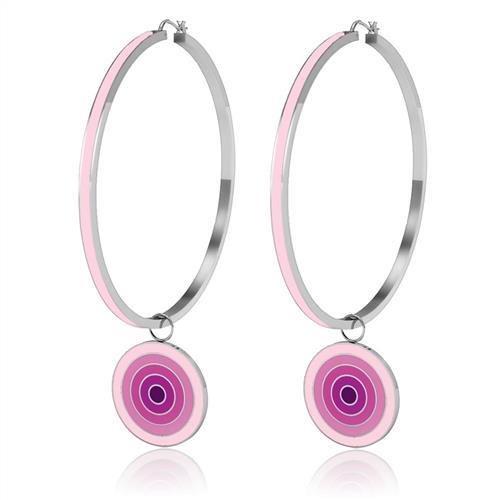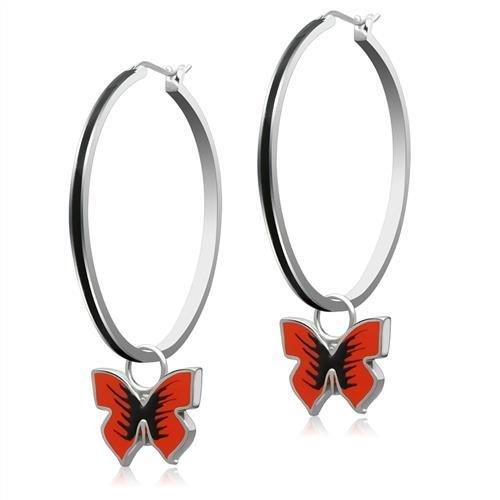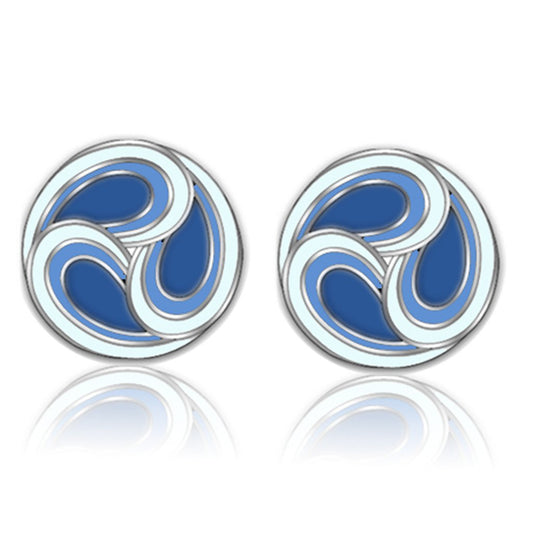Knowing how to resize a ring at home can sound like a game-changer, but it's crucial to understand that the safest and best methods are always temporary and non-damaging. When it comes to permanent size changes, especially for valuable pieces, a professional jeweler is your only truly safe bet. Going it alone can lead to costly, and heartbreaking, mistakes.
This guide will walk you through the practical, safe options for adjusting your ring's fit at home and help you understand when it's time to call in a professional.
Can You Really Resize a Ring at Home?
Yes, you can, but only in specific situations and using the right methods. Before you even think about grabbing a pair of pliers, it’s time for a quick reality check. Not every ring is a candidate for a DIY adjustment, and one wrong move can cause irreversible damage. The very first step is to understand what your ring is made of and how it’s designed, as these factors will tell you if a home fix is even on the table.
Metals like gold and sterling silver are relatively soft and a bit more forgiving, which makes them better suited for minor, non-invasive tweaks. On the other hand, many popular modern metals have some pretty strict limitations.
- Tungsten and Titanium: These materials are incredibly hard, but they’re also brittle. You can't resize them—not even most professional jewelers can—and they will absolutely crack under pressure.
- Stainless Steel: It's tough and durable, which is great for wear, but it's far too strong for home tools to handle without causing deep scratches or warping the band.
Know The Risks Before You Start
Trying to permanently resize a ring without the right know-how can seriously weaken the band, creating a stress point that can lead to cracks or a complete break down the road.
Another huge risk involves any gemstones in your ring. Bending or stretching the band can loosen the prongs holding those precious stones in place, making it dangerously easy for them to fall out. Before you try any DIY method, it's worth considering that some designs, like Natural Turquoise Handcrafted Cuff Statement Rings that accommodate multiple sizes, are built to be adjustable and might solve your fit issues without any risk.
The most important skill in any DIY project is knowing your limits. When it comes to precious jewelry, erring on the side of caution will always be the right decision.
Make a Smart Decision
This decision tree gives you a quick way to assess whether a DIY approach is appropriate or if it's time to call in a professional.

As the infographic highlights, the ring's sentimental or monetary value is the number one factor. If it's irreplaceable, a professional jeweler is non-negotiable.
It’s also important to remember that permanent resizing has its limits. Most rings can only be resized about two times in their entire lifetime before the metal’s integrity is compromised. That’s a pretty compelling reason to get it right the first time.
At-Home Resizing Suitability Check
So, is your ring a good candidate for at-home resizing? This table breaks it down to help you make a quick, informed decision.
| Ring Type | DIY Resizing Feasibility | Key Considerations |
|---|---|---|
| Plain Gold/Silver Bands | High | These are the best candidates for gentle, non-permanent methods or very slight stretching. |
| Pave or Eternity Bands | Very Low | Bending the band will almost certainly dislodge the small, delicate stones. Avoid. |
| Tension-Set Rings | None | The band's tension is what holds the stone. Any change will cause the stone to fall out. |
| Tungsten or Titanium | None | These metals are too brittle and will crack or shatter rather than bend. |
| Stainless Steel | Very Low | Too hard for home tools. You'll likely just scratch or deform the ring. |
| Adjustable Cuff Rings | High | These are designed to be gently bent. Just be careful not to overwork the metal. |
Ultimately, if your ring falls into any of the "low" or "none" categories, or if it holds significant sentimental value, the safest and smartest choice is to trust it to a professional.
Gathering Your Essential Resizing Tools
Before you start any adjustment, you absolutely must have the right equipment. Using household pliers or craft glue is a fast track to a scratched, bent, or permanently ruined piece of jewelry. The goal here is a safe, reversible fix, not creating a bigger problem.
First things first, you need to be 100% certain what your ring is made of. Different metals respond differently to pressure and adhesives. For example, understanding what 14k gold-filled means versus sterling silver will completely change your approach. This knowledge dictates every decision you make from here on out.
Tools for Making a Ring Smaller
If your ring is too loose, your best bet is to go with non-permanent, gentle solutions. These tools add a bit of material to the inside of the band, creating a much snugger fit without actually changing the ring itself. You can find convenient ring resizing kits online that include a variety of these options.
- Silicone Ring Guards: These are my go-to recommendation for a quick fix. They’re small, clear coils that you wrap around the bottom of the ring’s band. They’re comfortable, practically invisible, and a fantastic temporary solution. Look for a multi-pack with different thicknesses so you can find the perfect fit.
- Ring Sizing Beads: A jeweler would typically solder small metal beads on, but you can find clip-on or adhesive versions for at-home use. They create two small contact points inside the ring, which is a great trick for stopping it from spinning on your finger.
- Food-Grade Silicone Adhesive: This is more of a custom, DIY approach. You can apply a very thin, even layer of clear, skin-safe silicone to the inside of the band. Once it cures, it molds perfectly to the shape of your finger for a completely seamless feel.
One thing you can't skip: getting an accurate finger measurement. To take the guesswork out of it, check out our guide on how to measure a ring so you know you're adjusting to the right size.
Tools for Making a Ring Slightly Larger
Now, stretching a ring at home is a whole different ballgame. It's much riskier and really only works in specific situations: on a plain, simple metal band with no stones that's just a tiny bit too snug. The one and only tool for this job is a ring mandrel.
A ring mandrel is a tapered steel rod marked with ring sizes. The idea is to gently slide the ring down the mandrel to carefully stretch the metal. It is absolutely crucial that you only use a rubber or rawhide mallet to tap the ring down. Never, ever use a metal hammer—it will leave dents and completely mar the surface.
The key is to work slowly. Make tiny adjustments, tap gently, and check the fit constantly. Over-stretching can easily crack the band, and there's no going back from that.
Making a Loose Ring Fit Snugly
There's nothing more frustrating than a favorite ring that won't stop spinning on your finger. The good news is there are several fantastic, completely reversible ways to get that perfect, snug fit without actually changing the ring itself. These solutions are perfect for dealing with those annoying daily fluctuations in finger size we all experience.
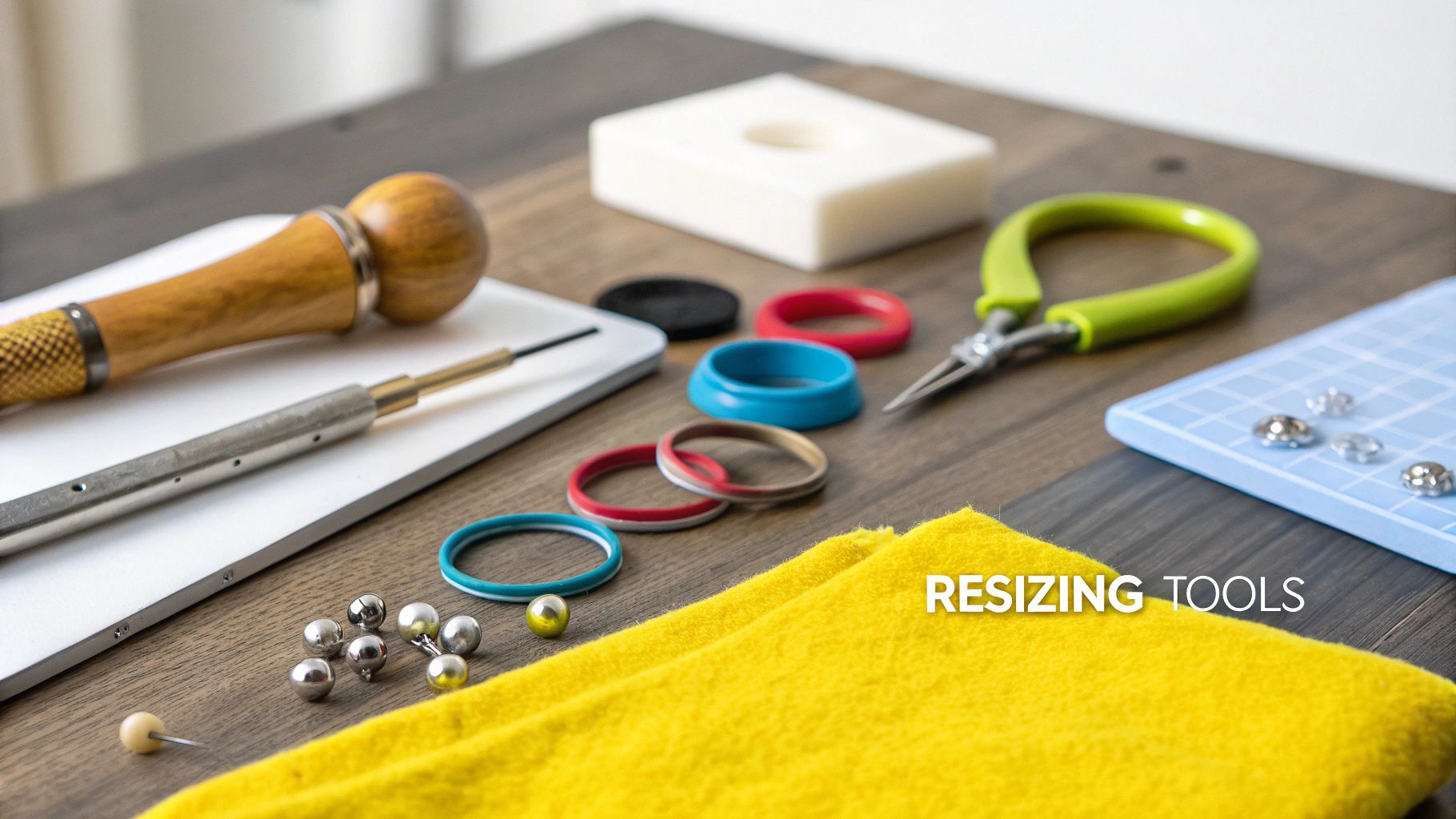
These temporary fixes are your best friends when you're figuring out how to resize a ring at home because they keep your jewelry's safety and integrity as the top priority.
Spiral Plastic Ring Guards
One of the most popular and effective solutions out there is the spiral plastic ring guard. It's a simple, clear coil made from medical-grade plastic that you wrap around the bottom shank of your ring. It adds just enough bulk to close that gap between the band and your finger, stopping the spin. Most online marketplaces sell these in affordable multi-packs.
Putting it on is incredibly easy. Just start by wrapping one end of the coil around the band, then keep twisting it on until you have a comfortable length. Snip off any extra with scissors. The real key is finding the right thickness—most kits come with several options, so you can find the perfect one for your specific ring.
A great tip I've learned is to apply the guard while the ring is already on your finger. This lets you gauge the tightness in real-time and avoid making it too snug, which can be just as uncomfortable as it being too loose.
Clip-On Size Reducers
Another fantastic option is the clip-on size reducer. These are small inserts, usually U-shaped, that just snap onto the inside of the ring band. They’re typically made from plastic or sometimes a soft metal and are designed to be almost invisible once they're in place.
These little gadgets are especially effective for top-heavy rings that love to slide from side to side. By creating a flatter surface along the bottom of your finger, they add stability and keep that beautiful gemstone right where it belongs—front and center.
Pros and Cons of Clip-On Reducers
- Pro: They're very discreet and can be more comfortable for people who don't like the feel of a full coil wrapped around their finger.
- Con: You have to get the exact right size for your band's width. If the reducer is too narrow, it might slide around. Too wide, and it just won't clip on securely.
Food-Grade Silicone for a Custom Fit
For a truly seamless and custom-molded solution, you can use food-grade silicone. This method involves applying a thin bead of clear, skin-safe silicone sealant to the inside of the ring's band. You let it cure completely, which usually takes about 24 hours.
What you're left with is a soft, non-slip layer that's perfectly shaped to your ring. This is a brilliant choice for rings with unusual shapes or for anyone who has sensitive skin. The trick here is to apply a very thin, even layer; if you use too much silicone, you'll end up with an uncomfortable lump. But don't worry—if you mess up, the silicone just peels right off once it’s dry, without any damage to the metal.
While these methods offer great flexibility and security, remember that a proper fit always starts with knowing your actual size. If you're not sure, it’s a good idea to learn more about using ring sizers online to get a precise measurement before you choose an adjustment method.
Slightly Stretching a Ring That Is Too Tight
Making a ring larger at home is a delicate operation with a very narrow margin for success. Let’s be clear: this method should only ever be attempted on a plain metal band without any stones, and only when the ring is just a fraction too snug. The whole process involves gently stretching the metal itself, a technique that demands patience and a few specific tools.

Unlike adding material to make a ring smaller, this process permanently alters the structure of your ring. One wrong move can lead to a thinned-out, weakened, or even cracked band. That's why the absolute most critical first step is understanding which metals can actually handle this kind of stress.
Metals You Can and Cannot Stretch
Success with this method hinges entirely on the type of metal your ring is made from. Soft, malleable metals are the only real candidates for at-home stretching.
- Good Candidates: Solid gold (like 14k or 18k) and sterling silver are pliable enough to stretch slightly without fracturing.
- Do Not Attempt: Tungsten, titanium, and stainless steel are far too hard and brittle. Trying to stretch them will almost certainly cause them to crack or shatter. Seriously, don't even think about it.
- Avoid: Any ring with stone settings, pavé details, or eternity bands. The pressure from stretching is a surefire way to loosen prongs and cause stones to fall out.
This is a high-stakes task. If you have any doubt about your ring's material or construction, the safest option is to stop and consult a professional jeweler.
Using a Ring Stretcher or Mandrel
The main tool for this job is a ring mandrel, which is a tapered steel rod marked with ring sizes. You’ll also need a rawhide or rubber mallet—and never, ever a metal hammer, which will just dent and mar the ring’s surface. You can purchase a basic mandrel and mallet set from many online jewelry supply stores.
To get started, slide the ring onto the mandrel as far down as it will comfortably go. Then, using very gentle taps with your mallet, slowly work the ring further down the tapered rod. It’s absolutely essential to rotate the ring as you tap to ensure the stretching is even all the way around.
The golden rule here is slow and steady. Tap lightly, then take the ring off the mandrel to check the fit on your finger. Repeat this process with tiny, incremental adjustments until you achieve the desired size.
Rushing this is the fastest way to ruin your ring. Overstretching can thin the metal to its breaking point, and once the metal is stretched too far, there's no going back. You can't shrink it down again.
Measuring Your Progress Accurately
Knowing when to stop is just as important as knowing how to start. Don't just rely on how it feels; you need to measure your progress with precision.
- Establish a Baseline: Before you begin, confirm your current ring size and your target size using the markings right on the mandrel.
- Check Frequently: After just a few gentle taps, take the ring off and try it on. This constant checking is what prevents you from accidentally flying past your target size.
- Aim for a Half-Size Max: A realistic goal for at-home stretching is no more than a quarter to a half-size increase. Anything more than that puts way too much stress on the metal and is a job best left to a jeweler.
Stretching a ring is a task that demands serious caution. While it can be a decent solution for a slightly tight plain band, the risk of permanent damage is high. When in doubt, the better choice is always to preserve your cherished jewelry by seeking professional help.
Common DIY Mistakes That Can Ruin Your Ring
Diving into DIY ring resizing without knowing what not to do is like walking through a minefield. The internet is full of so-called "quick fixes" that are actually just recipes for disaster, leading to nasty scratches, weakened bands, and even lost stones. A simple mistake can turn what you thought was an easy adjustment into an expensive, heartbreaking trip to the jeweler.
The most common—and damaging—blunder is grabbing the wrong tools for the job. Using household pliers instead of a proper ring mandrel, or a steel hammer instead of a soft rawhide mallet, is a surefire way to mar your ring's surface. These tools apply sharp, uncontrolled pressure that will absolutely dent soft metals like gold and silver, and can even crack harder ones.
Never Touch These Types of Rings
Some ring designs are just not built for at-home tinkering. Their construction is so intricate that even the slightest, most careful bend can cause catastrophic failure. Trying to resize these yourself isn't a risk; it's a guarantee you'll ruin them.
Consider these rings strictly off-limits:
- Eternity Bands: These rings have gemstones running all the way around the band. Bending the metal, even a little, will mess with the settings and cause stones to pop right out.
- Pave Settings: Rings covered in tiny pave stones are incredibly delicate. The small prongs holding each stone are easily loosened, and you could end up losing dozens of them without even realizing it.
- Tension Settings: With these designs, the main gemstone is held in place by the sheer pressure of the band itself. Change that tension, and the stone will fall out. Instantly.
A poor fit isn't just about comfort—it's a massive security risk. In fact, some studies show that 10-15% of all lost ring insurance claims are a direct result of improper sizing. Beyond that, a bad resizing job can warp the ring's shape or loosen settings, dramatically increasing the odds of losing it or needing a costly repair down the line. You can learn more about why a perfect fit is so critical over at teachjewelry.com.
Glues and Abrasives Are Not Your Friends
Another pitfall I see far too often is the use of the wrong adhesives. A lot of online tutorials suggest using super glue or other harsh chemical glues to attach a sizer or fill a small gap. Don't do it. These adhesives can permanently discolor the metal, eat away at the finish, and even damage certain gemstones on contact.
Always opt for body-safe, removable solutions like silicone ring guards or food-grade silicone. A temporary fix should never involve a permanent, damaging chemical.
Along the same lines, never, ever use sandpaper or any kind of abrasive file to try and grind down the inside of your ring. Not only does this remove valuable precious metal, but it also creates a rough, scratchy surface that will irritate your skin. Worse, it weakens the ring's entire structure and permanently damages its integrity. Sometimes, the best way to protect your jewelry is knowing when to step back and avoid these tempting but destructive shortcuts.
When to Trust a Professional Jeweler Instead
Every good DIYer knows the most important tool in their kit is knowing when not to do it yourself. When it comes to something as precious as your jewelry, that line between a simple fix and a costly, irreversible mistake is incredibly thin. Certain rings and certain situations are definite no-go zones where the risk of a home-job gone wrong is just too high.
If a ring has any real sentimental or monetary value, it automatically belongs in the hands of a professional. We're talking about family heirlooms, engagement rings, or any piece you simply couldn't bear to damage. These items deserve an expert's skilled touch, not a kitchen table experiment.

Definite Red Flags for DIY Resizing
Some rings, by their very nature, are not candidates for amateur adjustments. It's not about your skill—it's about the material or design itself. Brittle metals like tungsten or titanium, for example, will crack under pressure rather than bend, making professional resizing impossible, let alone a DIY attempt. Intricate designs also present unique challenges that home methods just can't handle.
These are the times you absolutely need a jeweler:
- Intricate Settings: Rings with pavé stones, channel settings, or delicate tension settings require specialized tools. The slightest wrong move can dislodge a whole row of tiny gems.
- Big Size Changes: Need to go up or down by more than half a size? That requires cutting and soldering—a process that’s just not feasible (or safe) to do at home.
- Eternity Bands: With stones circling the entire band, these rings are the trickiest of all. Most can't be resized at all, even by a pro, because bending the band will pop the stones right out of their settings.
If you're unhappy with the fit of a significant piece like an engagement ring, it’s worth taking a step back. Before you even think about tools, it's wise to understand what to do if your engagement ring size is wrong, as a professional consultation should always be your first move.
Understanding the Professional Process and Costs
When you hand your ring over to a jeweler, they use precise techniques honed over years of practice. To make a ring smaller, they’ll carefully cut out a tiny piece of the shank, solder the ends back together flawlessly, and then polish it until the seam is completely invisible. To make it larger, they will either gently stretch the metal or, for a bigger adjustment, cut the band and add a new piece of perfectly matched metal.
The decision to go pro isn't an expense; it's an investment in your jewelry's longevity and security. A professional has the experience to assess the ring's structure and choose the safest, most effective method for adjustment.
The cost for this expertise can vary quite a bit, typically falling somewhere between $20 and several hundred dollars. It all depends on the metal, the complexity of the ring’s design, and how much the size needs to change. Many jewelers even offer the first resizing for free on rings they've sold. Knowing the real costs and complexities of professional work helps you see why some jobs are absolutely worth the investment. Ultimately, for your most cherished pieces, trusting a professional is the only way to go.
At Precious Pulse Jewelry, we believe in making beautiful, affordable jewelry accessible to everyone. While we want you to love your pieces, we also want them to last a lifetime. For any significant adjustments, always trust a professional. Explore our stunning collections today at https://preciouspulsejewelry.com.


